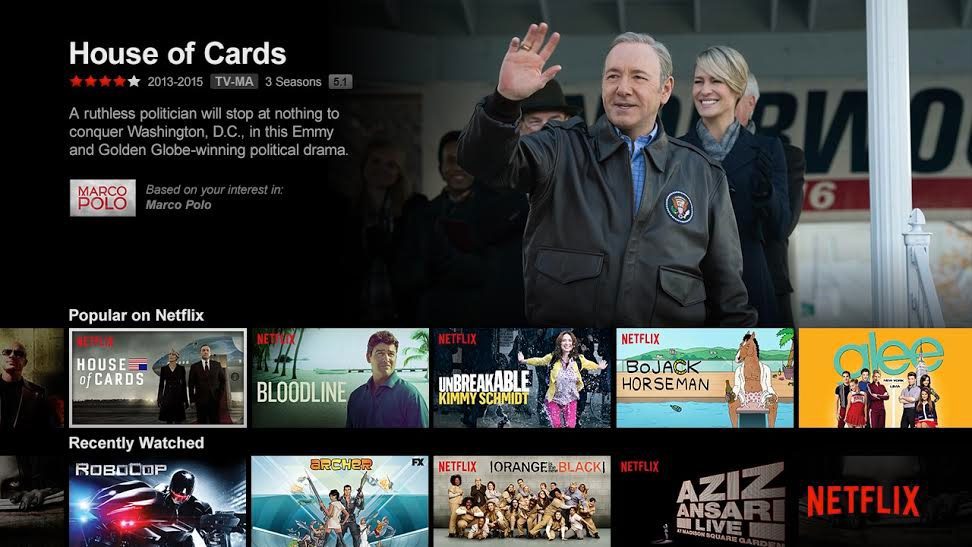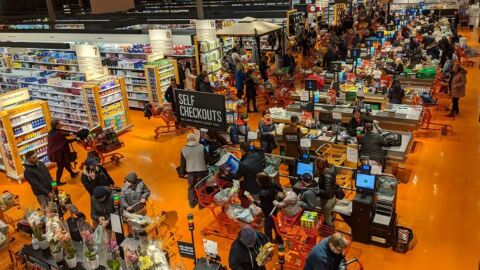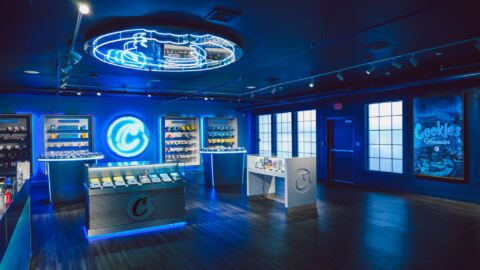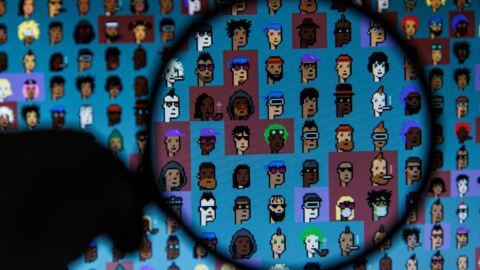Since its inception in 1997, Netflix has implemented a number of disruptive business practices and innovative approaches to customer experience. Its initial business model was simple enough: Offer consumers seamless access to online movie rentals.
Over the next three years, Netflix quickly evolved to include a comprehensive subscription service for unlimited DVDs, online streaming and, eventually, a personalized recommendation system that delivers movie titles based on member ratings, behaviors and preferences. Netflix is one of several companies leading the on-demand economy, which can be defined as a series of commerce-based businesses and solutions designed to make life easier.
Companies like Uber, Airbnb and Instacart fall under the on-demand economy umbrella. Even retailers like Rent The Runway and Le Tote are making their mark by allowing consumers to rent a variety of fashion options and providing them with real-time style recommendations based on their personal needs, tastes and preferences.
It may seem like a stretch to say that Netflix is an ideal model for retail businesses. While Netflix is offering anytime, anywhere access to films, television shows and comedy specials, retailers are selling more tangible products that consumers use, wear, and give to family and friends. But there are some clear similarities, and some progressive brands already are taking cues from the streaming service.
Here are five customer experience tips brands can learn from Netflix:
1. Create Original Content
Over the past year, Netflix has invested significantly in creating original content. In Q4 2015, the company launched five new original series, including Narcos and Marvel’s Jessica Jones. Due to critical acclaim for these shows, Netflix added 5.59 million members during the quarter and surpassed 75 million subscribers worldwide by the New Year.
Many brands and retailers are realizing the value of content in their marketing mix. LUSH is one brand that uses content as a way to educate consumers about its core values and even local charitable causes. Because LUSH has a global audience, the brand not only translates content, but also tailors it to local consumers’ preferences before it’s shared via email, social and other digital channels. Video is an especially important vehicle for the brand to show how its products are made.
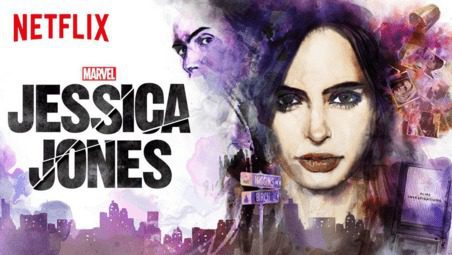
2. Encourage Feedback
Netflix relies on user ratings to fuel its movie recommendation system. Similarly, other subscribers turn to the star ratings to make educated decisions as they’re browsing their recommendations and the entire film library.
The role and impact of reviews and user-generated content is very well known in the retail industry — especially as Millennials acquire more spending power. They’ve grown accustomed to anytime, anywhere access to information, and have come to trust unknown peers more than branded advertisements. In fact, 86% of Millennials say user-generated content is an efficient way to gauge product quality, according to Bazaarvoice.
Ratings, reviews and user-generated content educate consumers and empower them to make smarter purchase decisions. Amazon was one of the first retailers to integrate customer feedback into its e-Commerce experience. But moving forward, this authentic non-branded content will only play a more prominent role in a great customer experience.
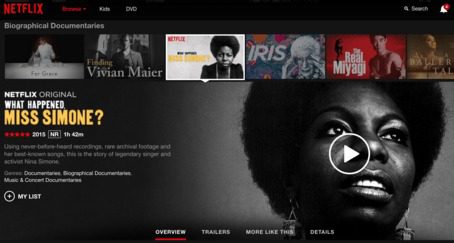
3. Listen, Learn And Apply
In this highly connected, digital world, consumers are sharing feedback through multiple channels at all times during the day. They’re sharing photos in retail stores, commenting on new products via social media and reviewing their shopping experiences. Retailers would be remiss if they didn’t harness these valuable insights to make smarter marketing, merchandising and service decisions.
Netflix has seen tremendous success by simply listening to consumers and applying their feedback. For example, the quirky HBO series Arrested Development was canceled after three seasons. Seeing the outrage from fans, Netflix made the executive decision to embrace the show and its cast to create a new season. Although the business move looked risky on the surface, it was a tremendous success. A new season currently is in the works.
Best-in-class retailers use data and analytics to make smarter decisions. For example, ModCloth tapped into consumer insights to design its namesake apparel collection. Its analytics team dove into data, analyzing everything from total sales to favorite colors, product ratings, reviews and comments to design the collection.
“We went through what she likes, what she doesn’t and what she’s drawn to,” said Nicole Haase, Senior Director of Merchandising at ModCloth, in a Retail TouchPoints article. “We looked at the star ratings that focused on fit, product quality and length to make sure we were iterating on things and updating them appropriately.”

4. Personalize The Experience
Data plays an important role in Netflix’s streaming experience. As customers browse through their queue, they may come across some interesting genres and even sub-genres. My current top categories are “Exciting Crime TV Shows,” “Biographical Documentaries” and “Raunchy Stand-up Comedy.” Netflix uses my streaming behaviors to identify these sub-genres and place them at the top of the queue. That means I spend less time and effort finding content that is relevant to me!
Retailers can take cues from Netflix by tapping into their arsenals of data. Get to know your customers, their shopping behaviors and product preferences. Use this to not only guide your overall strategy but to create targeted marketing campaigns to promote items that they may be interested in. This also is an effective tactic to introduce products that are new or unfamiliar to your customer base.
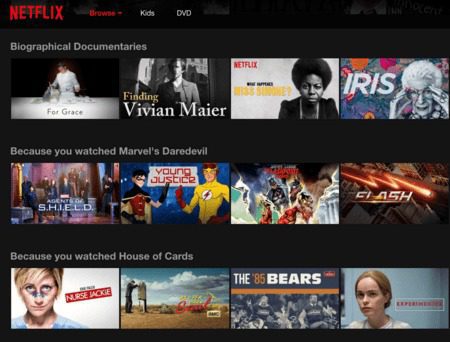
5. Continue The Conversation
Netflix has built a thriving business around subscriptions, which means its livelihood depends on users staying happy, coming back for new content and renewing their accounts. This is when data comes back into the picture. The company leverages streaming information to craft personalized emails that promote either new, relevant content or a new season of a favorite show. This helps keep customers engaged — or re-engages them if they stray — and encourages them to tap into Netflix and enjoy a new film or show.
Retailers can take a similar approach by following up with consumers and sharing details on new collections or exclusive events being held in stores. For example, Le Tote has built a fashion e-Commerce business around making recommendations and allowing consumers to build digital closets. For a monthly fee, consumers can receive new items from their closets and return them when they’re finished.
I frequently receive emails from Le Tote promoting new items that align with my personal style. (I just received a message from the retailer with the subject line: “New arrivals from top brands are waiting for you…”) This is a strong incentive for me to visit the site and activate my account.
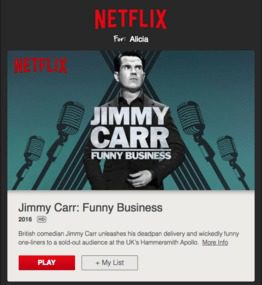
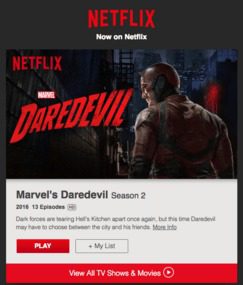
Customer demands and expectations are constantly changing as a result of on-demand services such as Netflix. Rather than fighting these shifts, retailers can embrace them by leveraging the above best practices and creating experiences that truly wow consumers.
Author’s note: This article was inspired by a 2016 Content2Conversion Conference presentation from Dave Bruno, Director of Marketing for Aptos, who discussed how marketers can be successful by thinking like publishers.



